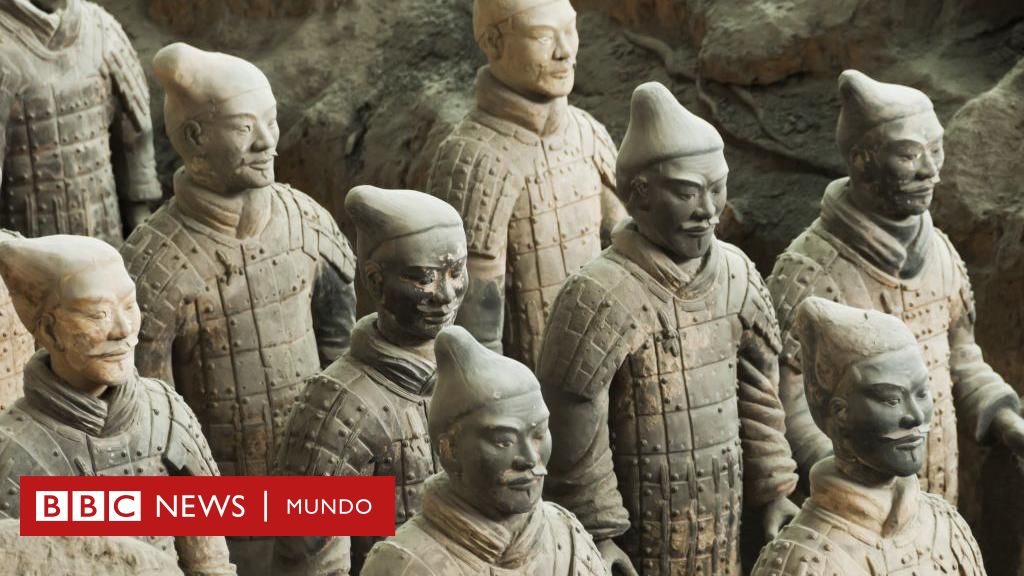(CNN) — When NASA’s Lucy mission passed its first asteroid this week, its cameras captured a surprise.
The Lucy spacecraft passed near the small asteroid Dinkenish, which is located in the main asteroid belt of our solar system, between the orbits of Mars and Jupiter. But what astronomers thought was an asteroid is actually a binary pair of space rocks.
Dinkenesh, which means “cool” in the Amharic language of Ethiopia, “was really living up to his name,” said Hal Levison, the principal investigator on Lucy at the Southwest Research Institute.
“This is fantastic,” Levison said in a statement. “When Lucy was originally selected to fly, we planned to fly over seven asteroids. With the addition of Dinkenish, two Trojan satellites, and now this satellite, we have brought the number to 11.”
Astronomers got their first hints that Dinkenish might be a binary when the Lucy instrument cluster detected changes in brightness in the weeks leading up to the spacecraft’s approach on Wednesday.
What the Dinkenish duo can reveal
Lucy’s team believes the largest asteroid is 805 meters (half a mile) across and the smallest space rock is 220 meters (0.15 miles) across.
Lucy came within 425 kilometers (265 miles) of the asteroid’s surface during its closest approach on Wednesday afternoon.
The close approach is designed to help the Lucy spacecraft test its equipment suite, including the terminal tracking system, which allows the spacecraft to autonomously locate the space rock and keep it on the horizon while flying at 10,000 miles per minute (4.5 kilometers per hour). second).
“This is a stunning series of images. They indicate that the station’s tracking system is working as intended, even when the universe presented us with a more difficult target than we expected,” Tom Kennedy, a guidance and navigation engineer at Lockheed Martin, said in a statement. (Inc. Lockheed Martin is a partner with NASA on the Lucy mission.
“Simulating, testing and practicing is one thing,” Kennedy added. “It’s very different to actually see this happen.”
Data collected during the flyby will also provide information about small asteroids, providing a comparison with other asteroids observed by previous NASA missions.
“We knew this would be the smallest main belt asteroid ever seen up close,” Keith Noll, Lucy project scientist at NASA’s Goddard Space Flight Center in Greenbelt, Maryland, said in a statement. “The fact that there are two of them makes it even more exciting. “In some ways, these asteroids look similar to the near-Earth binary asteroid Didymos and Demorphus observed by DART, but there are some interesting differences that we will investigate.”
In September 2022, NASA’s DART mission intentionally collided with Dimorphos, a small moon orbiting the near-Earth asteroid Didymos, to demonstrate the technology needed to change the trajectory of a space rock.
Preparing for future flights
Data collected during the Lucy mission’s flyby will continue to return to Earth over the next week. This information will help the mission team prepare for the spacecraft’s future asteroid flybys, including a close encounter with another main-belt asteroid called Donald Johansson in 2025.
Lucy’s main goal is to explore Jupiter’s Trojan asteroid swarms, which have never been explored before. The Trojan asteroids, which borrow their name from Greek mythology, orbit the sun in two swarms: one in front of Jupiter, the largest planet in our solar system, and the other behind it.
This image shows the “moonrise” of the newly discovered second asteroid beyond Dinkenish, taken by the Long Range Reconnaissance’s Lucy Camera. (NASA/Goddard/SwRI/Johns Hopkins APL/NOIRLab)
Until now, scientists’ main views of Trojans have been largely artistic or cartoon renderings because space rocks are too far away to be seen in detail with telescopes. Lucy will provide the first high-resolution images of what these asteroids look like.
Lucy is scheduled to reach the Trojan asteroids in 2027. Each asteroid that Lucy will pass will differ in size and color.
The mission borrows its name from the Lucy fossil, the remains of an ancient human ancestor discovered in Ethiopia in 1974. The skeleton has helped researchers reconstruct aspects of human evolution, and members of NASA’s Lucy team hope their mission will achieve a similar feat in terms of history. to our solar system.
There are about 7,000 Trojan asteroids and the largest is 257 kilometers (160 miles) in diameter. Much like fossils themselves, asteroids represent the material left over after the formation of the giant planets in our solar system, including Jupiter, Saturn, Uranus, and Neptune.
The mission will help researchers go back in time to learn how the solar system was formed 4.5 billion years ago, and discover how the planets ended up in their current locations.

“Proud web fanatic. Subtly charming twitter geek. Reader. Internet trailblazer. Music buff.”






More Stories
Scientists already have the exact date when the sun will explode and end the solar system – teach me about science
Ray-Ban Meta: How much do Mark Zuckerberg's famous smart glasses cost?
ESA captures mysterious spider shapes on Mars